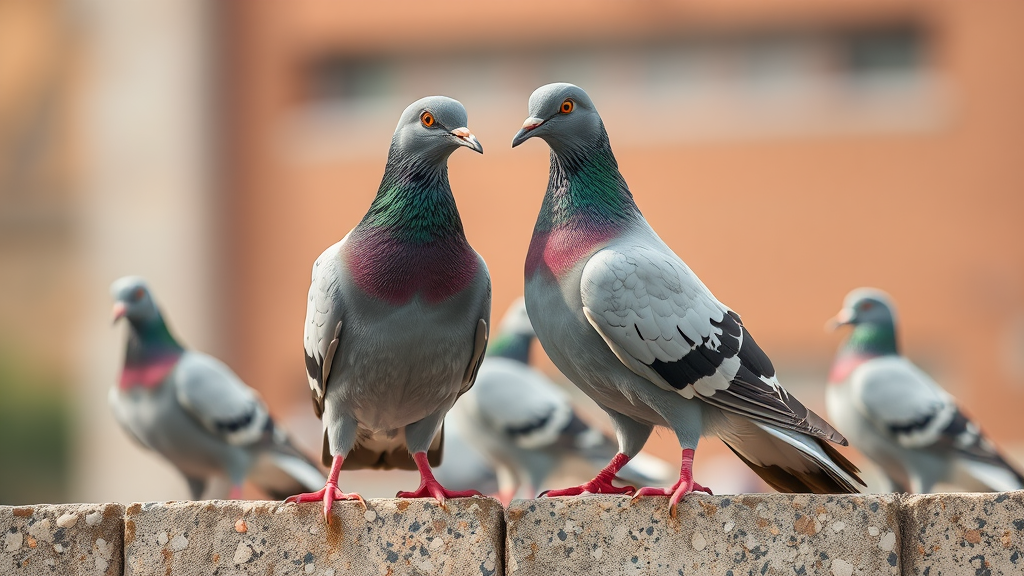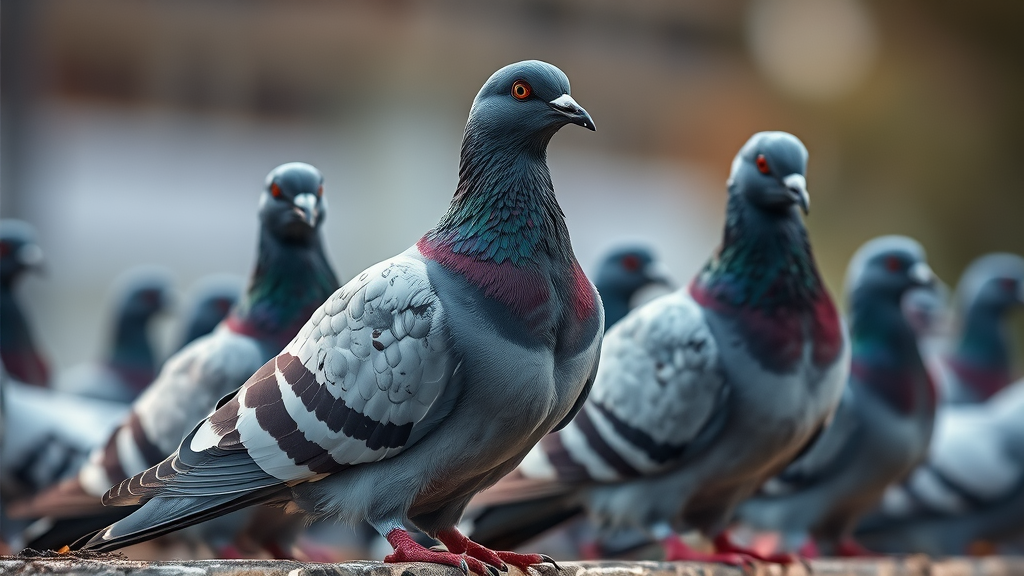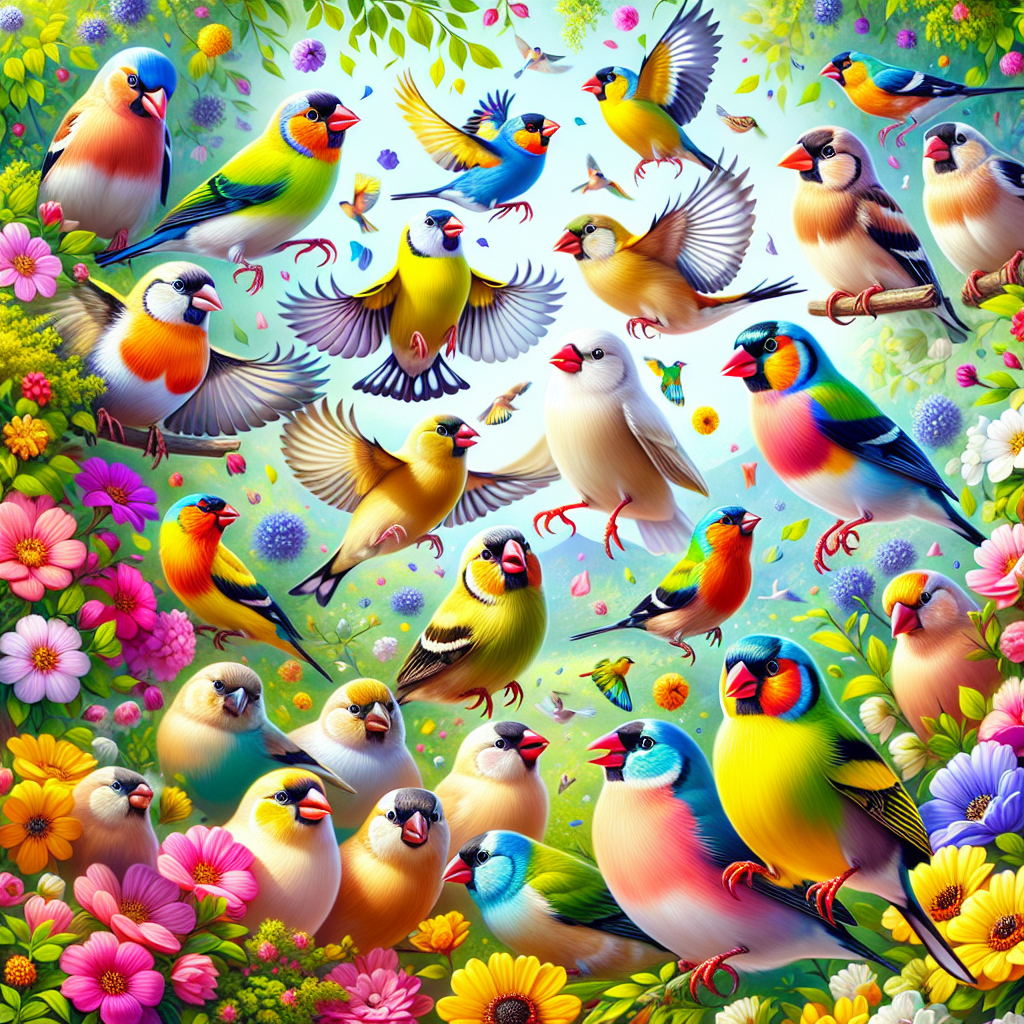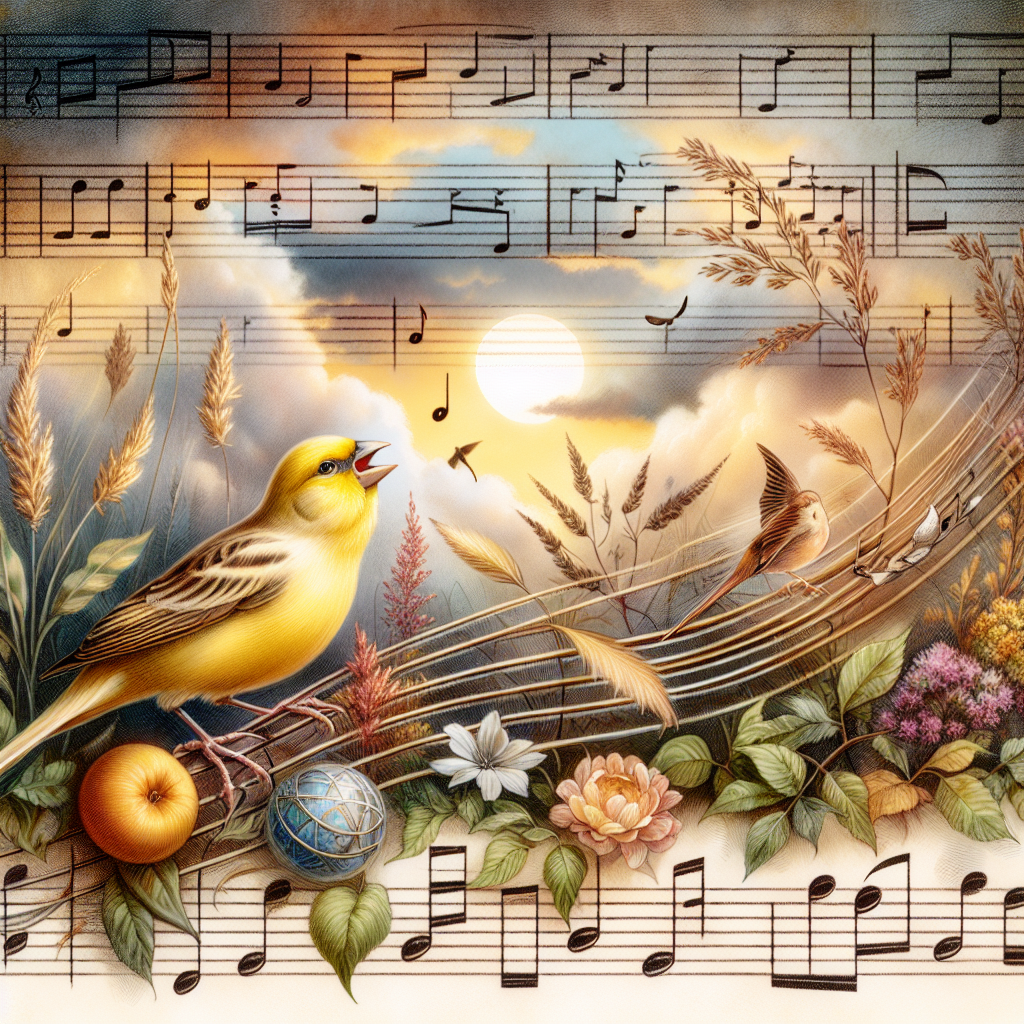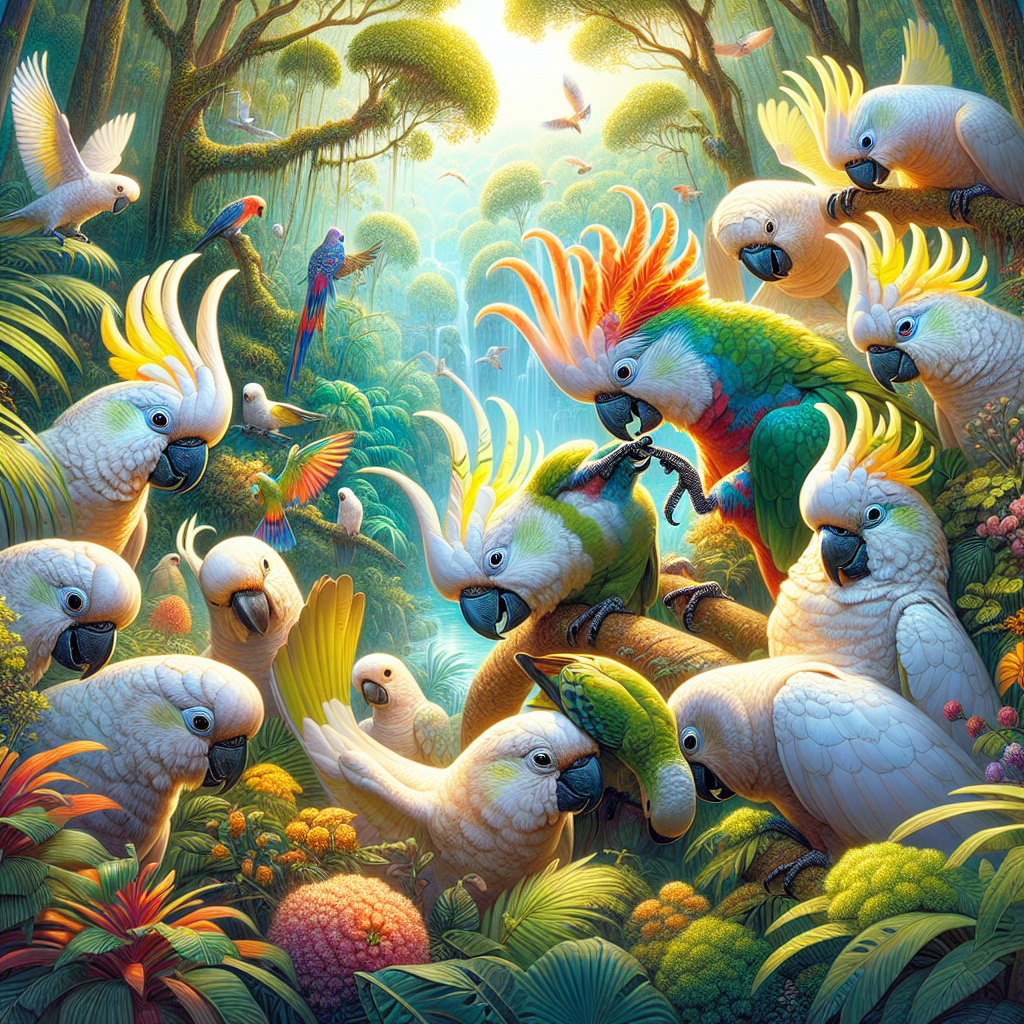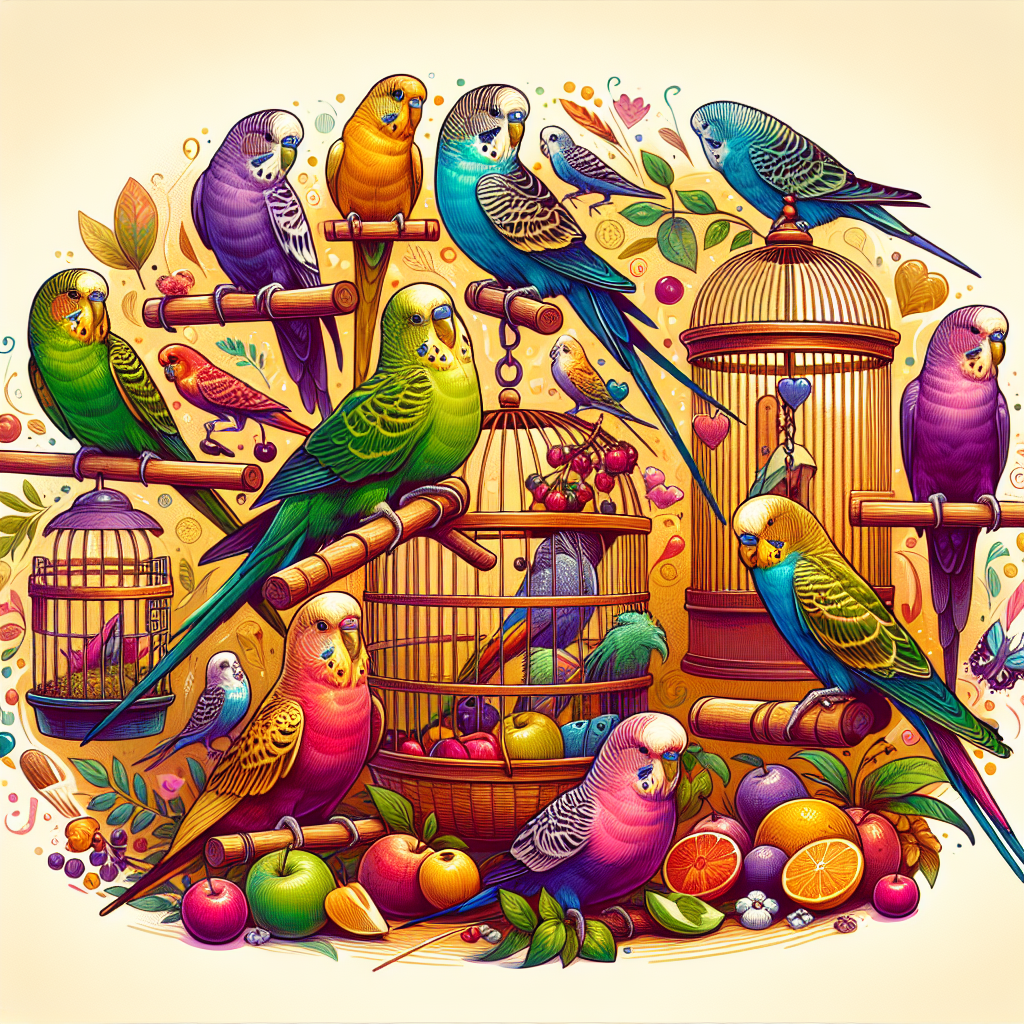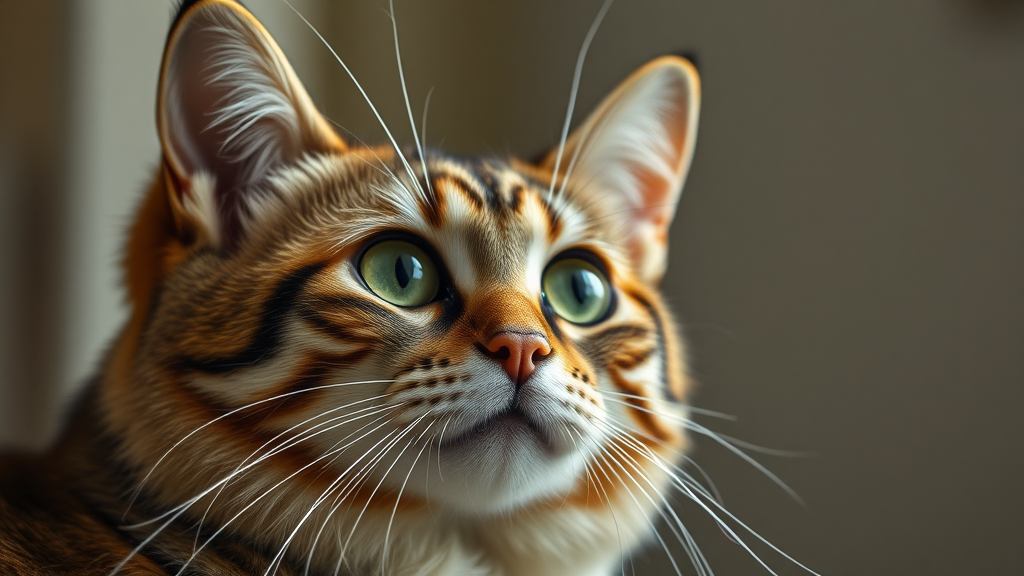The Resilient Sparrow: Adapting to Urban Life in a Changing World
As cities across the globe continue to expand and evolve, so too do the creatures that share our urban landscapes. Among them, the common sparrow stands out as a remarkable symbol of adaptation, resilience, and survival. Once predominantly rural, these small birds have made the city their home, showcasing their ability to thrive in environments that are continually transformed by human activity. The story of the resilient sparrow is not merely about surviving in an urban world; it is a profound reflection on adaptability and the interconnectedness of nature and humanity.
A Historical Perspective
Historically, the house sparrow (Passer domesticus) has been closely associated with human settlement. Originating from Europe and parts of Asia, these birds have journeyed alongside humans for thousands of years, benefitting from the agricultural practices and settlements that characterized early civilizations. Their adaptation to urban life began in earnest in the 19th century, coinciding with rapid industrialization. As cities burgeoned, so did the opportunities for sparrows, who found food in discarded scraps, nesting sites in crevices, and a relatively sheltered lifestyle amidst the hustle and bustle of modern life.
Urban Adaptation Strategies
Sparrows are exemplars of adaptability, employing various strategies to thrive in urban environments:
-
Dietary Flexibility: House sparrows have adapted their feeding habits to take advantage of the diverse sources of food available in urban settings. While they naturally feed on seeds and insects, they have learned to scavenge from outdoor cafés, parks, and waste bins, showcasing their opportunistic feeding behavior.
-
Nesting Innovations: In cities, the traditional nesting sites of sparrows have been replaced with man-made structures. These resourceful birds utilize ledges, building overhangs, and even abandoned vehicles to create safe, secure nests. The availability of nesting materials, often in the form of human refuse, aids their nesting success.
-
Social Dynamics: Sparrows are innately social creatures, often found in flocks. This social structure not only aids in foraging but also enhances their ability to avoid predators and adapt to environmental changes. Urban living encourages such social behaviors, as large groups can effectively scout for food and warn each other of potential dangers.
- Urban Phenology: The timing of life events, such as breeding and migration, has also shifted for these birds in response to urban heat islands and changing seasonal patterns. Increasing temperatures and altered landscapes influence sparrow reproductive cycles, allowing them to exploit favorable conditions within city ecosystems.
Challenges Ahead
Despite their remarkable adaptability, urban life presents unique challenges for sparrows. Habitat loss due to urban development, pollution, and climate change pose significant threats. Nesting sites can become scarce as buildings are renovated or demolished, and the prevalence of pesticides and herbicides can diminish their food sources. Moreover, as technology advances, noise pollution and traffic continue to increase, impacting the communication and foraging efficiency of these small birds.
A Broader Ecological Impact
The story of the resilient sparrow extends beyond the species itself; it serves as an important indicator of urban ecology. The presence and health of sparrow populations can reflect the overall wellbeing of urban environments, making them valuable bioindicators. Their adaptability highlights the potential for other wildlife species to thrive in cities, emphasizing the necessity for environmentally conscious urban planning that fosters biodiversity.
Inspiring Conservation Efforts
Understanding the challenges faced by sparrows has sparked numerous conservation efforts aimed at supporting urban wildlife. Initiatives such as creating bird-friendly spaces, planting native flora, and promoting awareness about biodiversity can contribute to healthier urban ecosystems. Municipalities around the world are beginning to appreciate the value of integrating nature into city planning, providing green spaces that not only foster wildlife but enhance the quality of life for urban residents.
Conclusion
The resilient sparrow, with its remarkable ability to adapt and thrive in urban environments, encapsulates a broader narrative of nature’s tenacity in an ever-changing world. By embracing the lessons learned from these small birds, society can strengthen the bond between people and nature, ensuring that both can coexist harmoniously in our increasingly urbanized world. As urban areas continue to grow, the future of sparrows—and indeed all urban wildlife—relies on our commitment to fostering environments where resilience, adaptation, and coexistence flourish. Ultimately, the story of the sparrow reminds us that nature’s resilience is not just a testament to survival, but also a call to action for a more sustainable future.

